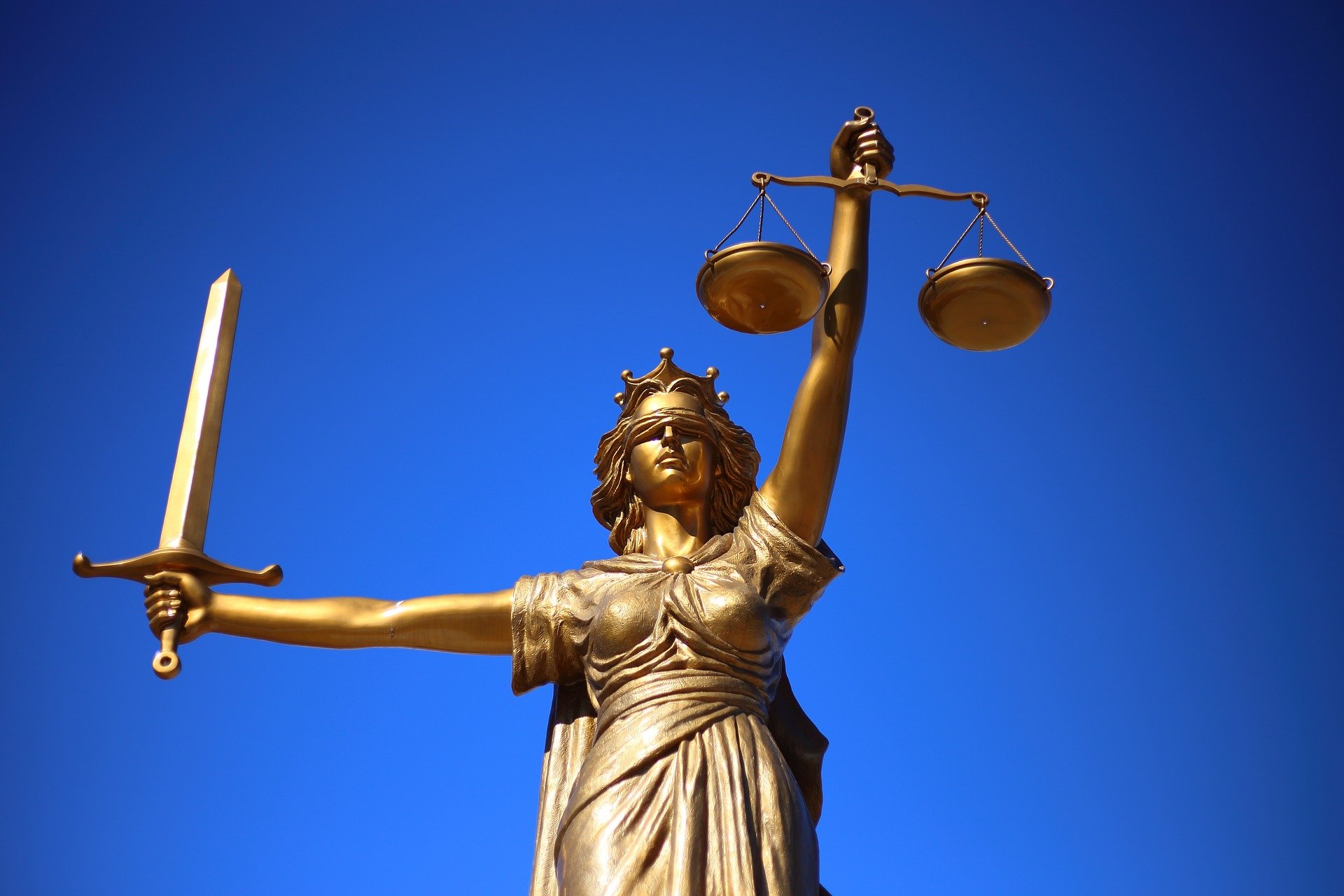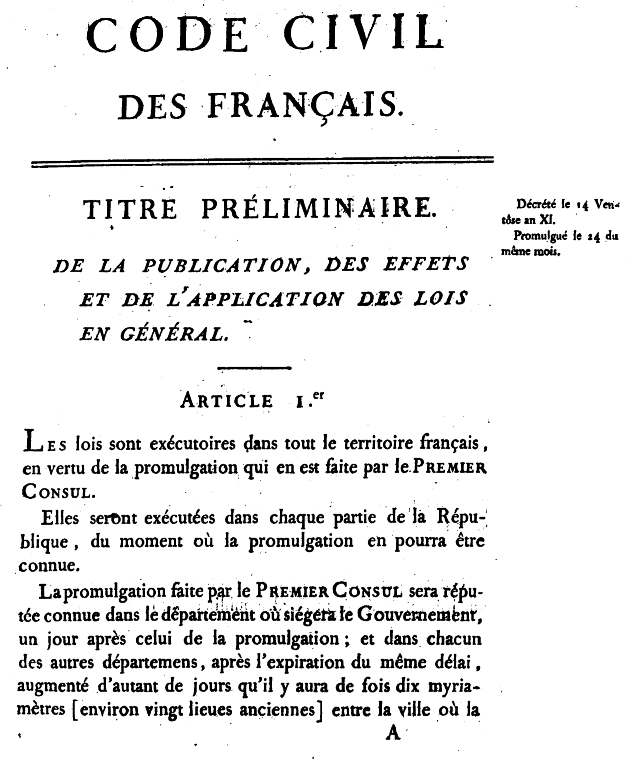|
Tang Code
The ''Tang Code'' () was a penal code that was established and used during the Tang Dynasty in China. Supplemented by civil statutes and regulations, it became the basis for later dynastic codes not only in China but elsewhere in East Asia. The Code synthesized Legalist and Confucian interpretations of law. Created in AD 624 and modified in AD 627 and 637, it was promulgated in AD 652 with 502 articles in 12 sections and enhanced with a commentary (the 唐律疏議) in 653. Considered one of the greatest achievements of traditional Chinese law, the Tang Code is also the earliest Chinese code to have been transmitted to the present in its complete form.Gernet (1996),bal244-245 Origin and context The Tang code took its roots in the code of the Northern Zhou (564) dynasty, which was itself based on the earlier codes of the Cao-Wei and Western Jin (268).Gernet (1996)244 Aiming to smooth the earlier laws and reduce physical punishments (such as mutilations) in order to appease social ... [...More Info...] [...Related Items...] OR: [Wikipedia] [Google] [Baidu] |
Tang Dynasty
The Tang dynasty (, ; zh, t= ), or Tang Empire, was an imperial dynasty of China that ruled from 618 to 907 AD, with an interregnum between 690 and 705. It was preceded by the Sui dynasty and followed by the Five Dynasties and Ten Kingdoms period. Historians generally regard the Tang as a high point in Chinese civilization, and a golden age of cosmopolitan culture. Tang territory, acquired through the military campaigns of its early rulers, rivaled that of the Han dynasty. The Lǐ family () founded the dynasty, seizing power during the decline and collapse of the Sui Empire and inaugurating a period of progress and stability in the first half of the dynasty's rule. The dynasty was formally interrupted during 690–705 when Empress Wu Zetian seized the throne, proclaiming the Wu Zhou dynasty and becoming the only legitimate Chinese empress regnant. The devastating An Lushan Rebellion (755–763) shook the nation and led to the decline of central authority in the dynas ... [...More Info...] [...Related Items...] OR: [Wikipedia] [Google] [Baidu] |
County Magistrate (China)
County magistrate ( or ) sometimes called local magistrate, in imperial China was the official in charge of the '' xian'', or county, the lowest level of central government. The magistrate was the official who had face-to-face relations with the people and administered all aspects of government on behalf of the emperor. Because he was expected to rule in a disciplined but caring way and because the people were expected to obey, the county magistrate was informally known as the Fumu Guan (), the "Father and Mother" or "parental" official. The emperor appointed magistrates from among those who passed the imperial examinations or had purchased equivalent degrees. Education in the Confucian Classics indoctrinated these officials with a shared ideology that helped to unify the empire, but not with practical training. A magistrate acquired specialized skills only after assuming office. Once in office, the magistrate was caught between the demands of his superiors and the needs and res ... [...More Info...] [...Related Items...] OR: [Wikipedia] [Google] [Baidu] |
Legal History Of China
Law is a set of rules that are created and are enforceable by social or governmental institutions to regulate behavior,Robertson, ''Crimes against humanity'', 90. with its precise definition a matter of longstanding debate. It has been variously described as a science and as the art of justice. State-enforced laws can be made by a group legislature or by a single legislator, resulting in statutes; by the executive through decrees and regulations; or established by judges through precedent, usually in common law jurisdictions. Private individuals may create legally binding contracts, including arbitration agreements that adopt alternative ways of resolving disputes to standard court litigation. The creation of laws themselves may be influenced by a constitution, written or tacit, and the rights encoded therein. The law shapes politics, economics, history and society in various ways and serves as a mediator of relations between people. Legal systems vary between jurisdictions, ... [...More Info...] [...Related Items...] OR: [Wikipedia] [Google] [Baidu] |
Legal Codes
A code of law, also called a law code or legal code, is a systematic collection of statutes. It is a type of legislation that purports to exhaustively cover a complete system of laws or a particular area of law as it existed at the time the code was enacted, by a process of codification. Though the process and motivations for codification are similar in different common law and civil law systems, their usage is different. In a civil law country, a code of law typically exhaustively covers the complete system of law, such as civil law or criminal law. By contrast, in a common law country with legislative practices in the English tradition, modify the existing common law only to the extent of its express or implicit provision, but otherwise leaves the common law intact. A code entirely replaces the common law in a particular area, leaving the common law inoperative unless and until the code is repealed. In a third case of slightly different usage, in the United States and other ... [...More Info...] [...Related Items...] OR: [Wikipedia] [Google] [Baidu] |
Great Qing Legal Code
The Great Qing Legal Code (or Great Ching Legal Code), also known as the Qing Code (Ching Code) or, in Hong Kong law, as the ''Ta Tsing Leu Lee'' (大清律例), was the legal code of the Qing empire (1644–1912). The code was based on the Ming legal code, the Great Ming Code, which was kept largely intact. Compared to the Ming code which had no more than several hundred statutes and sub-statutes, the Qing code contained 1,907 statutes from over 30 times of revisions between 1644 and 1912. One of the first of these revisions was in 1660, completed by Wei Zhouzuo and Bahana. The Qing code was the last legal code of imperial China. By the end of Qing dynasty, it had been the only legal code enforced in China for nearly 270 years. Even with the fall of imperial Qing in 1912, the Confucian philosophy of social control enshrined in the Qing code remain influential in the German-based system of the Republic of China, and later, the Soviet-based system of the People's Republic of Chi ... [...More Info...] [...Related Items...] OR: [Wikipedia] [Google] [Baidu] |
|





